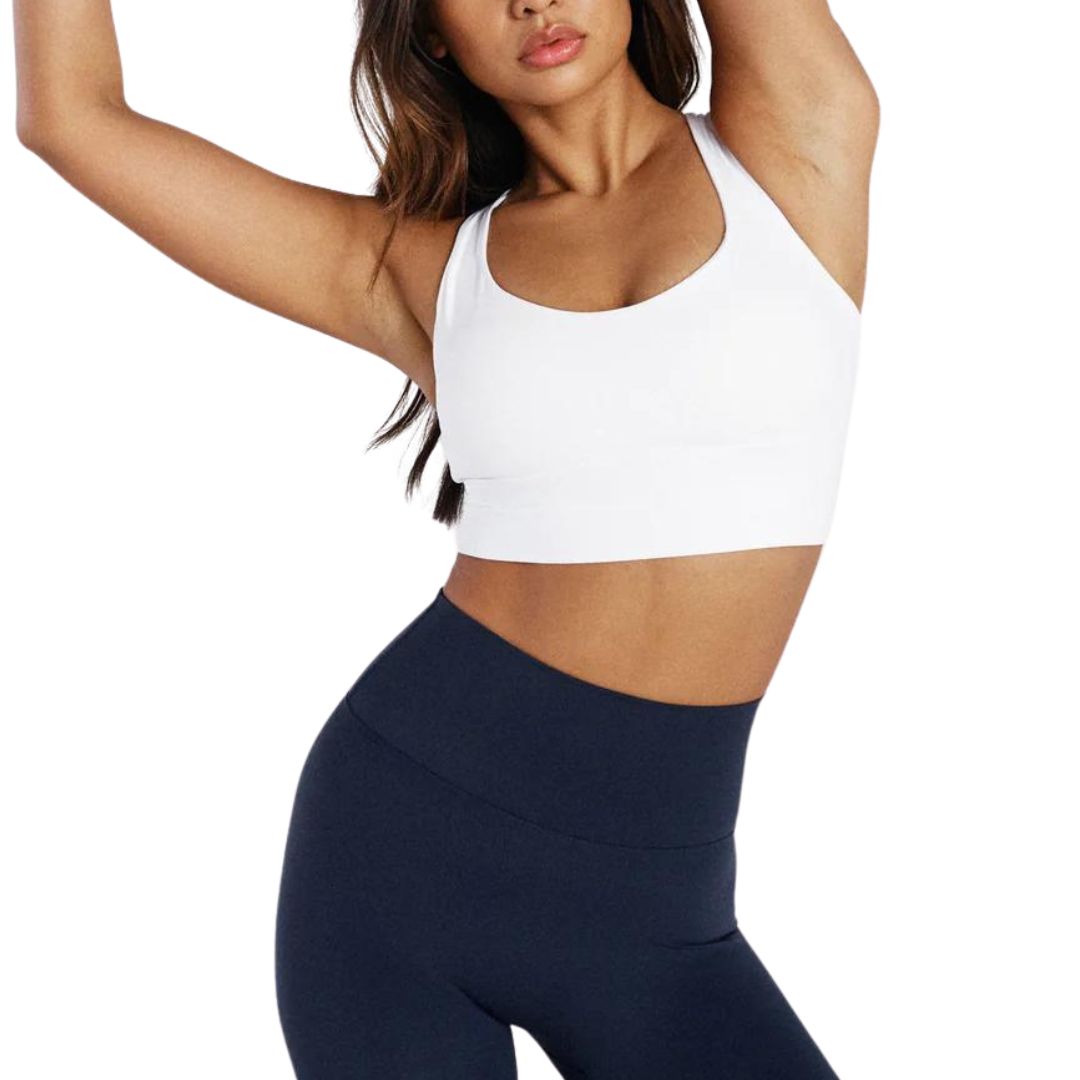I tried a wall sits challenge every day for a week - here’s what happened to my strength and endurance
A quad burner, if ever there was one.

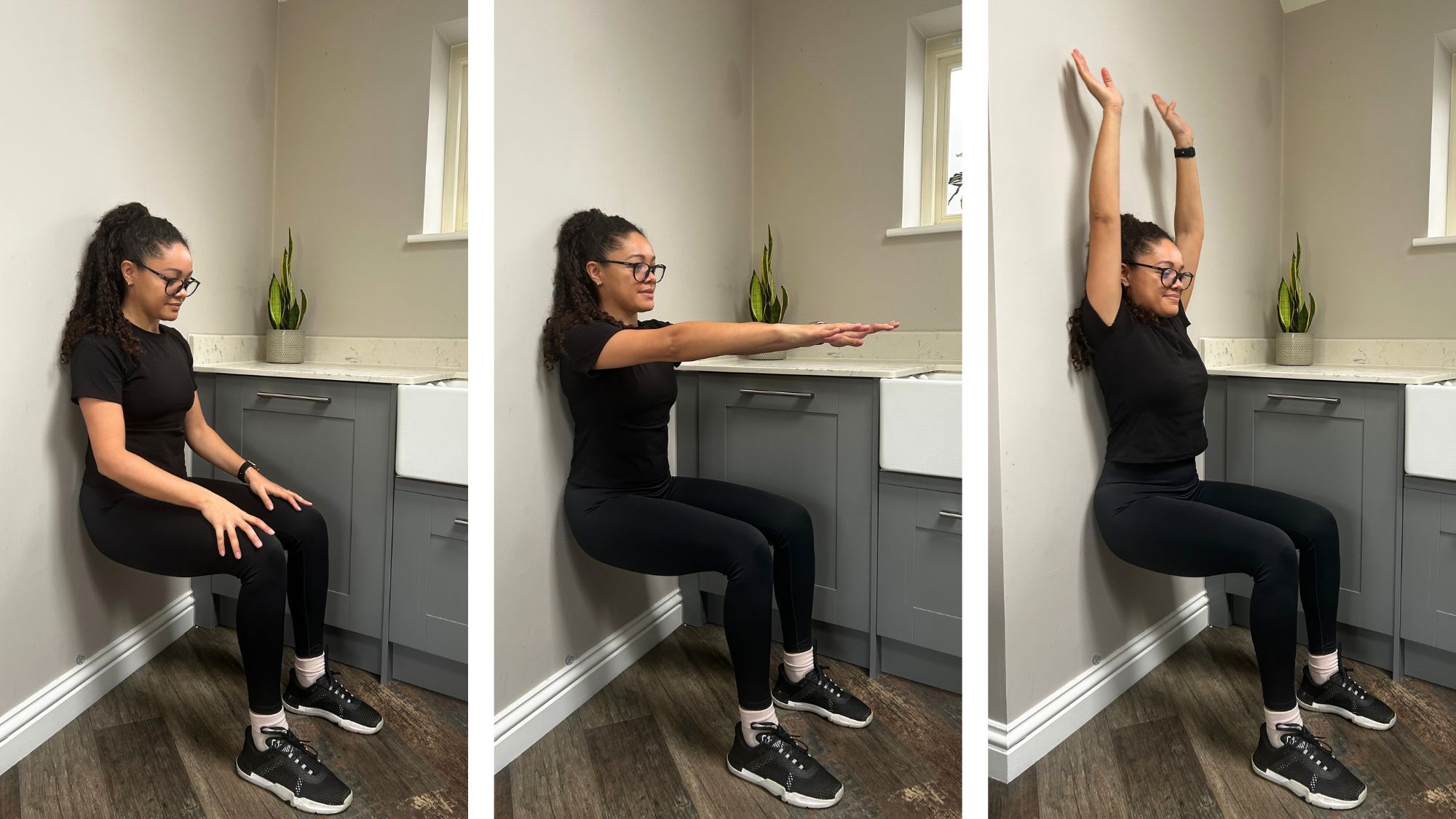
Ah, wall sits. The much-loved (or loathed) isometric exercise that puts your quads, hamstrings, adductors, calves and core under a seriously fiery spotlight every time you decide to adopt the squat-on-the-wall-position. With that in mind, you might be wondering why I’ve decided to take on a wall sits challenge?
Well, I’m a sucker for resistance training, low impact strength training and compound moves which work multiple muscles and joints and all at once. So naturally, with walls sits ticking all the above, I was more than happy to give them a go. Plus, as research dictates, wall sits have the pretty impressive power to boost muscular strength and endurance and reduce blood pressure (more so than aerobic activity, weight training or high-intensity interval workouts). Not bad, right?
And, if I needed to add even more weight to my argument, Google shows that there are up to 10,000 searches around this search term each month. So with my interest piqued, I decided to add a wall sits challenge to my weekly exercise rotation, and incorporate them in my strength training at home. To find out how my wall sits challenge went down, the improvements I noticed in my fitness and how to nail the form if you’re considering taking this on yourself, keep scrolling. And while you’re here, feast your eyes on our guides to strength training for women, strength training for beginners and low impact strength training exercises.
I tried a wall sits challenge – and have been pleasantly surprised
What is a wall sit?
As its name suggests, a wall sit involves you holding a seated position while leaning your back against a flat wall. But don’t be fooled: it might sound easy, but it packs a punch.
“A wall sit utilises many muscles in the lower body, as well as the core and is a fantastic option for anyone looking to work on full body stability,” Lotti Sorrell, founder and head trainer of Longevity explains. “The main muscle groups worked are; quadriceps, hamstrings, adductors, calves and core but the full body will need to engage to hold good form throughout the wall sit.”
Wall sits are often referred to as an isometric exercise, as it involves the holding of static positions over a period of time. So other common examples include glute bridges or planks.
What’s the correct form for a wall sit?
To ace this exercise, Sorrell recommends:
Celebrity news, beauty, fashion advice, and fascinating features, delivered straight to your inbox!
- Slowly lowering into a squat position with your back against the wall.
- Try to reach a 90-degree angle at the front of the hip, the back of the knee and the front of the ankle, whilst pushing your lower back towards the wall to maintain a core brace.
What is a wall sits challenge?
A wall sits challenge involves holding a wall sit for a period of time. This could be 30 seconds, a minute or (if you’re feeling brave) five minutes. Depending on what challenge you choose, you’ll aim to complete this exercise once, twice or three times a day over a set duration of days, weeks or a month.
For my challenge, under the guidance of Jenni Tardiff, master trainer at The Gym Group, I’ll be holding a wall sit for a minute, three times a day across seven days.
Tardiff told me: “Aim to hold your wall sit for 30 seconds to one minute each set, and perform three sets. As you progress you can increase the length of time to over one minute to further improve endurance. You can also add weights to progress your wall sit even further.”
Spoiler alert: reader, I didn't even attempt to try adding extra resistance. Bodyweight was more than enough for me. But if you're considering it, speak to a professional to make sure you nail that form.
4 benefits of a wall sit
One of the best things about a wall sit is the fact it can be completed at any time and any place. All you really need is a clear section of wall and a good form to get going.
The benefits of performing these moves include:
1. They work multiple muscles
Wall sits work multiple muscles at once and in a shorter amount of time. But how so? “A wall sit is an isometric move, which means it contracts multiple muscles at the same time in order to stabilise one position," Sorrell explains.
2. Wall sits can lower blood pressure
According to research, isometric exercise (like a wall sit) is the ‘most effective mode’ in reducing both systolic and diastolic blood pressure when compared to aerobic activity, weight training or high-intensity interval workouts.
3. Wall sits are low impact
”Making it a fantastic longevity-centric move that will help you to build strength, without damaging future movement capacity,” Sorrell tells us.
4. Wall sits can help build muscular endurance and stability
And there's research to prove it. Explaining how, Tardiff says: “By sitting against a wall with your knees bent at 90 degrees you will engage your quadriceps, glutes, hamstrings and calves. This comprehensive engagement will help contribute to a more balanced lower body strength and stability. Performing a wall sit challenges your lower body muscles to sustain an isometric contraction, improving their endurance and enhancing your ability to perform activities without getting fatigue quickly.”
I tried a wall sits challenge: here's how it went
Days one to three
Here’s a confession: I couldn’t tell you the last time I’ve done a wall sit. I tend to do isotonic exercises, like squats, squat pulses or lunges to help fire up my lower body. So holding a position for 60 seconds for three sets should be…interesting.
But here we are, at 8am in the morning with my legs shoulder width apart and at a 90-degree angle, my one-minute timer to the side of me and my quads feeling the burn from the very moment I ‘sit’ in the position. At 27 seconds in, if my shaky legs are anything to go by, my body is willing me to stand up. Instead, I close my eyes, breathe deeply through the intensifying sensation and feel elated once I’m saved by the (alarm) bell. It then dawns on me that I have to complete this two more times today. I end up breaking this up, fitting it in during a tea break, and after I’ve finished my work for the day so it feels more manageable. Will it get easier? At this point, who knows.
When day two rolls round, I take up the same stance and prepare to take my mind off breathing deeply as the seconds pass. It’s as much of a mental battle as it is physical. And my second and third sets feel just as hard. I end up standing up at 45 seconds during my second set, before eventually lowering my body back down for the further 15. I do the same for my third.
By day three, I learn from the day before, and breathe deeply through the sets to help my mind and body wade through this exercise. First set down, second set down and I make it to the third. Three sets of one-minute wall sits: complete.
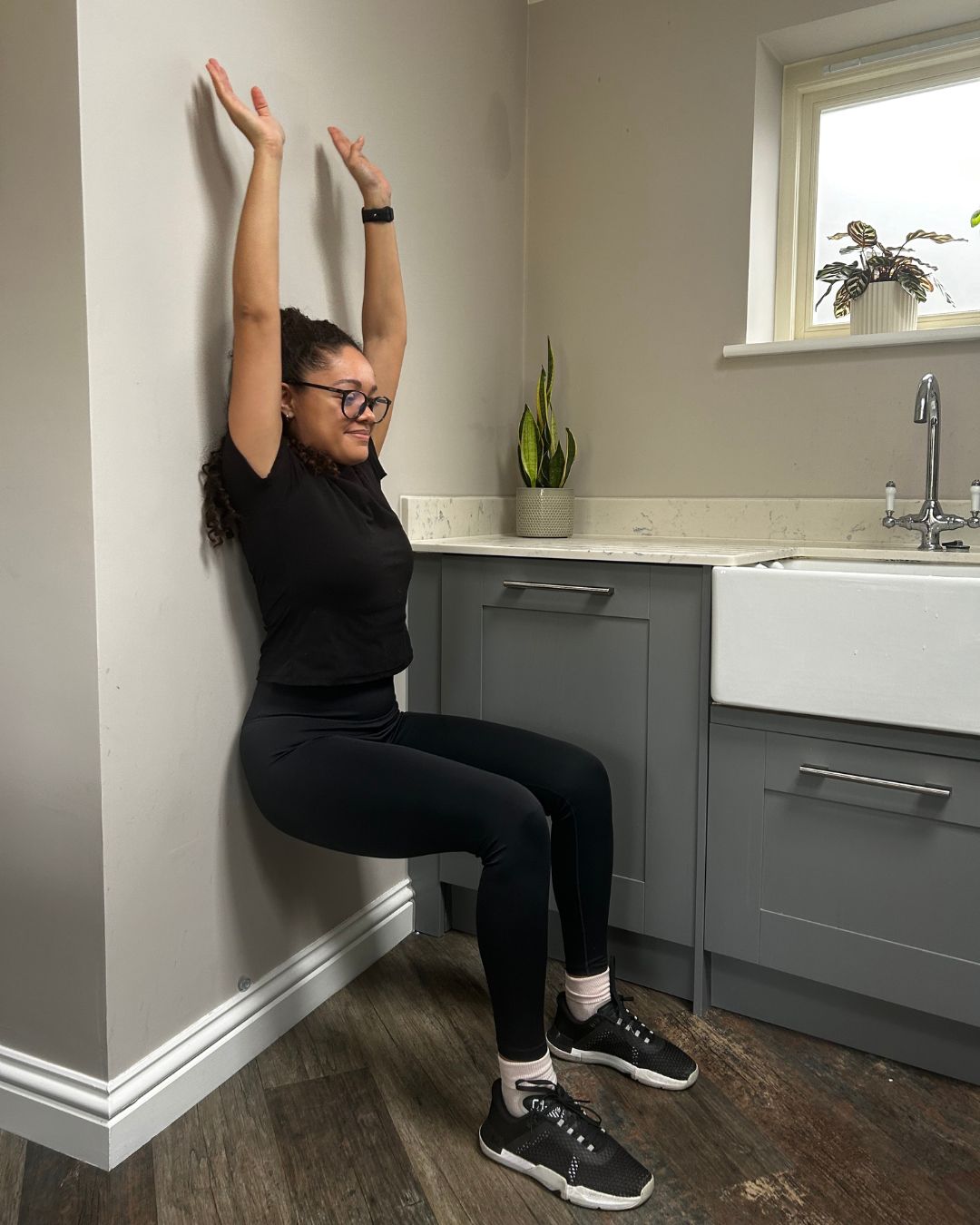
Rebecca during her wall sits challenge
Days four to seven
For days four and five, I notice a small change in my endurance. While wall sitting, my quads play ball and get comfortable with being uncomfortable. They only start mildly shaking at around the 35-second mark during my three sets. But that's not to say the next 25 seconds are easy.
The penultimate day arrives and I take up my usual stance but this time hold my arms out above my head, which is harder to execute than it sounds. According to Sorrell: “Something as simple as raising the arms straight up overhead during your wall sit can challenge the core more, as you try to prevent your lower back from lifting away from the wall.” It might be a simple tweak, but boy does it make a difference.
The final day rolls around and during the third set, there’s a fire in my belly to adopt the wall sit position for as long as my core, glutes, quads, hamstrings and calves let me. I make it to one minute and 7 all-important seconds before giving up. We made it!
The conclusion
It’s a small goal of mine to add in a few more isometric moves into my weekly workout routine as they take up minimal time but still have the power to build strength. I already do a handful of glute bridges and side planks in my Pilates classes.
But after a week’s worth of wall sits, IMO they don’t seem as tedious as I once thought they were. I'd like to continue with these, even as a way to help me stand more and sit less, (which is ironic considering the name of them). But I've also found that they also serve as a nice (read: leg-shakingly fiery) finisher to a lower body workout or full-body session. And Sorrell agrees: “They allow you to push to fatigue without demanding a huge amount of coordination or proprioception which will naturally drop off at the tail end of a session.”
After seven days, my strength and endurance has definitely had a bump. Not bad for just three minutes of work a day, huh?
Shop MC UK's go-to workout kit now:
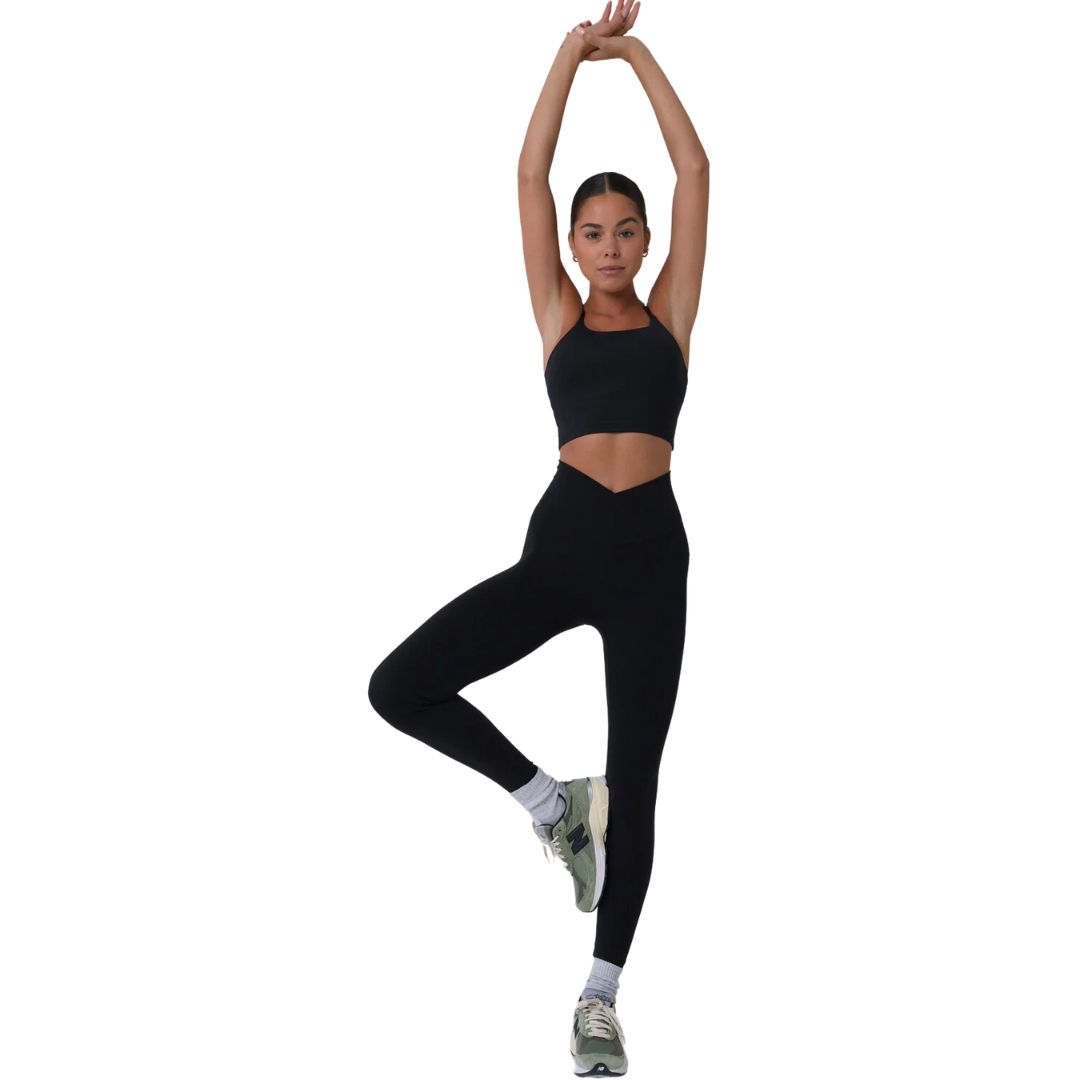
While you’re here, make your set match with Adanola’s affordable, supportive and versatile leggings (which featured in our guide to the best workout leggings).
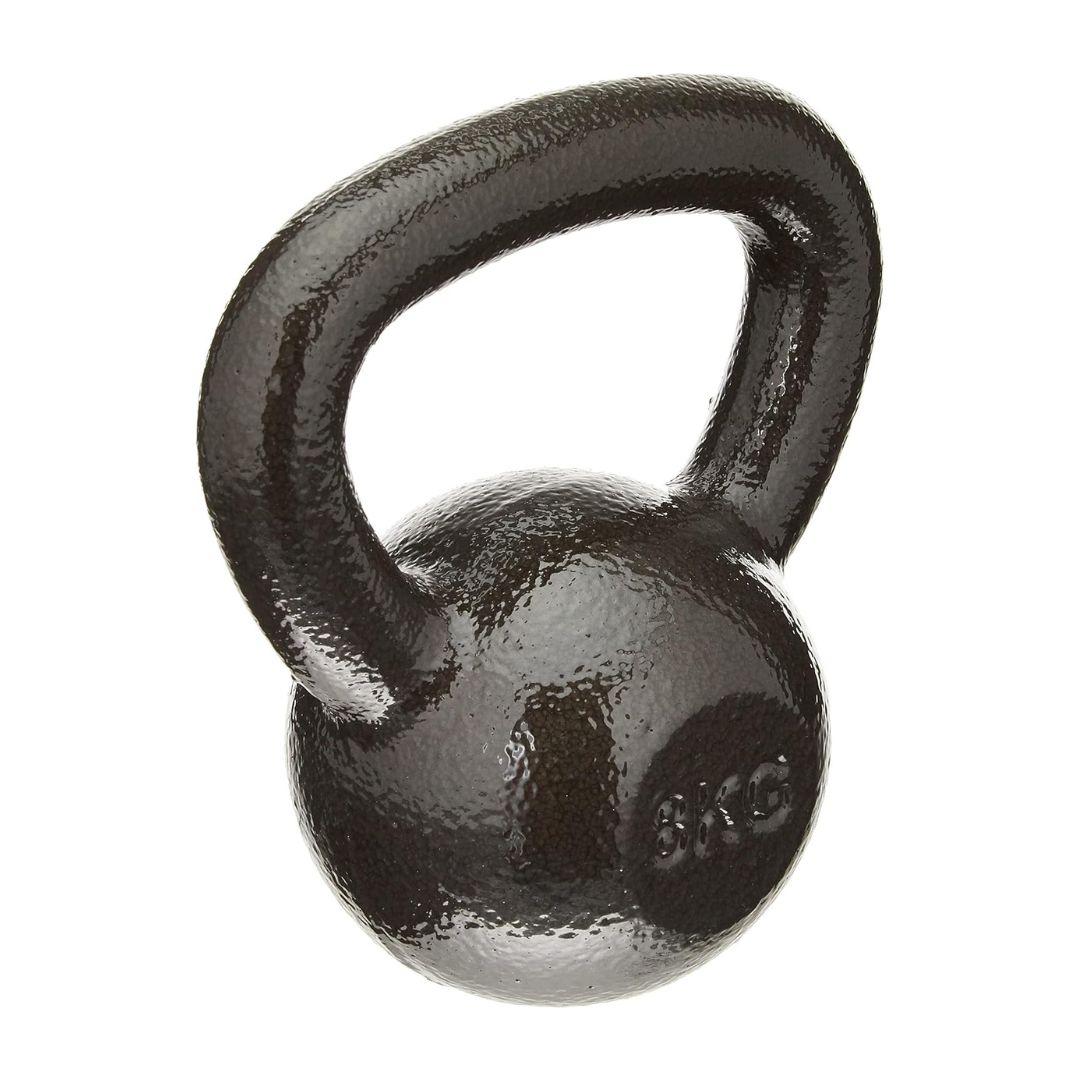
Feel like dialling up the resistance? Fair play to you. That’s where the best home gym equipment, like a kettlebell, steps up to the plate. This offering from METIS comes in a range of weights for any fitness ability, from 6kg to 20kg.
How long should you be able to hold a wall sit for?
That depends on a few things, like your current level of fitness and strength.
But generally speaking and according to personal trainer Ali Malik, founder of Fit Labs Kensington, beginners should aim to hold a wall sit for 20 to 30 seconds. “This allows time to build strength and endurance gradually without risking muscle fatigue or injury,” Malik says.
For intermediates, Malik recommends aiming to hold a wall sit for 45 to 60 seconds. “As strength and endurance improve, gradually increase the duration of the hold to continue challenging the muscles,” Malik adds.
And if you’re in the advanced category, try and hold a wall sit for 60 seconds or longer. “As proficiency increases, consider adding variations such as single-leg wall sits or incorporating additional challenges such as holding weights to further intensify the exercise,” he adds.

Rebecca, or Becks, is a freelance journalist with more than ten years of experience in the industry. She specialises in all things health and lifestyle and has written for a number of brands including Women's Health, Stylist, the Evening Standard, Good Housekeeping, The Telegraph, Live Science, Tom's Guide and Fit&Well. Becks also writes copy for a number of brands and small businesses.
When she's not weight training, tracking down the best gym leggings, reading a book or at her desk typing away, you'll find her in the kitchen perfecting a new recipe or bake.

